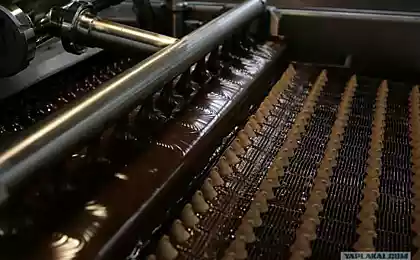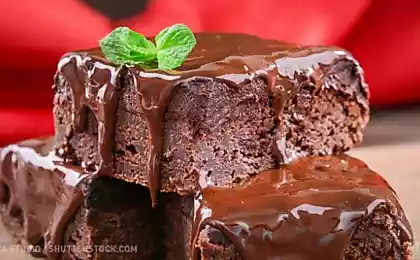353
Manufacture of cocoa at risk

In Western countries, to make the child happy enough Easter chocolate eggs. Preferably with surprise. Over the last five years, chocolate consumption increased by 14 %. And this statistic does not include the "holiday periods". The paradox is that cocoa production is falling. To cultivate the plantation has never been easy. Cacao trees are very delicate, easily susceptible to diseases, susceptible to fungi. After several disappointments and losses of the source material (enough expensive) the farmers stop doing cacao and I draw his attention to farming less capricious plant. Statistics cocoa plantations is as follows: 30% of the plants of the world — give 70% of the world crop. No, it's not a bug! Everything else is a product of genetic processing! Plus disease. Plus – violation of storage technologies. Part of the harvest (30 – 40 %) does not meet the criteria of sales. Another part of the harvest (and a lot) suffers damage due to insects.
In France, in the laboratory of Nestle conducted research on production of cocoa. Artificially appear resistant to the diseases and parasites of plants. Not genetic treatment! Selection of "pure" tree! Selected (after careful analysis) cells of the tree form "embryos". Their life is supported by light, oxygen and different sugar makeup. Until then, until the first leaves and roots. After ten years of research appeared the first result. Plants not subjected to any genetic treatment, matured for 18 months, not two years. Many of the diseases common only in certain regions of the vanquished.
Of course, there is still a long work on the planting and cultivation of new cocoa trees. That's why the lab works with more than 30 different research centers. For each country should be carried out local development for the planting and cultivation of plants. The trees should be adapted to local conditions and to treatment process. French researchers have organized an experimental plantation in Uganda, Ecuador and the Ivory coast.
To date, "updated" cacao trees can hope to harvest in 3 to 4 tonnes per hectare compared to 500 kg that are actually produced. In addition to yield increase, the new plantation will allow us to preserve the forests, as the possibility of increasing cocoa production on existing areas, to meet the needs of the global market. And in addition: "fresh" plants require little or no chemical processing.
The cost of research to date – 92 million euros. At the end of the period (according to preliminary data from the first experimental plantings) the cost of the project will reach 100 million euros, with more than 12 million planted plants.
Source: www.sadovoda.ru
How quantum computers of the future will cool
Psychosomatic diseases — and how that affects our body
























